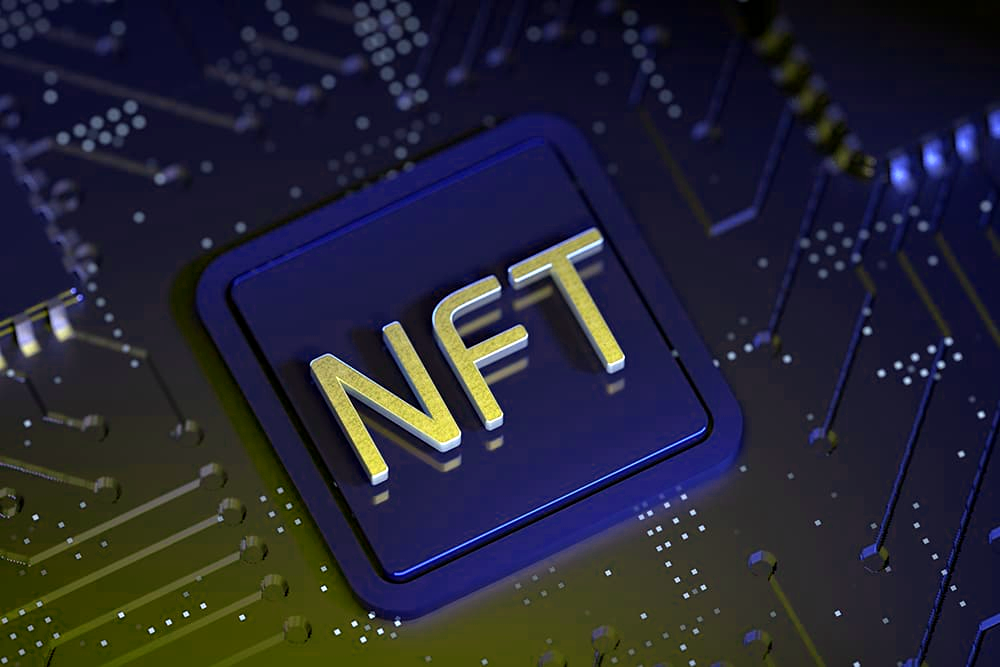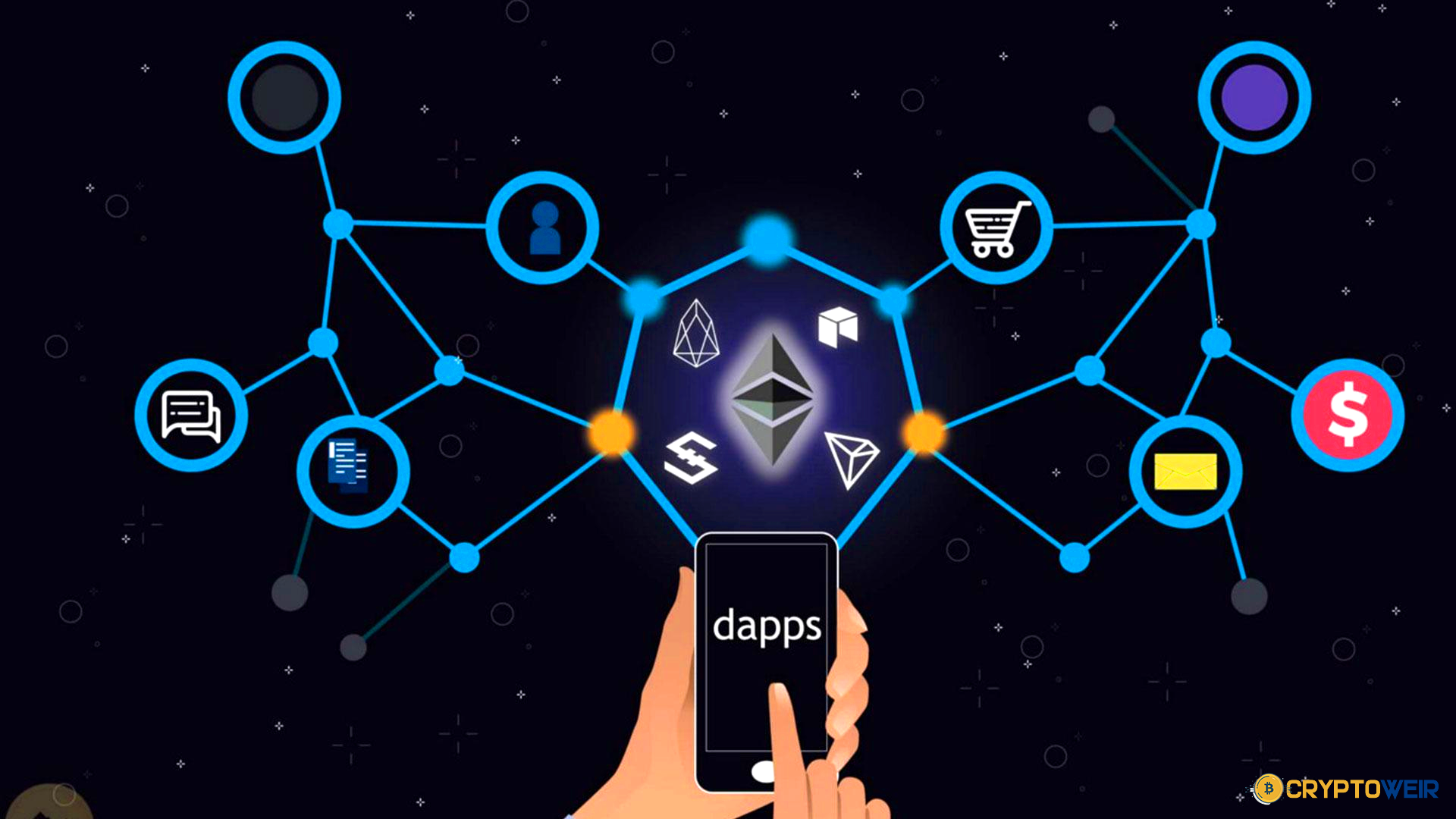Blockchain in Forex Trading Automation Revolution 2025
Blockchain in Forex Trading transforms forex trading automation with enhanced security, transparency, and efficiency in currency markets.

Blockchain technology integrates with automated forex trading systems. This convergence promises to address longstanding challenges in currency markets while opening new possibilities for traders worldwide.
The forex market, with its daily trading volume exceeding six trillion dollars, has always been plagued by issues of transparency, settlement delays, and intermediary costs. Blockchain in Forex Trading: Traditional forex trading relies heavily on centralized systems where banks and brokers act as intermediaries, creating potential bottlenecks and security vulnerabilities. Enter blockchain technology, the distributed ledger system that gained prominence through cryptocurrencies, now poised to revolutionize how automated trading systems operate in the forex space.
As trading automation becomes increasingly sophisticated through artificial intelligence and machine learning algorithms, blockchain provides the underlying infrastructure that can make these systems more secure, transparent, and efficient. This marriage of technologies represents not just an incremental improvement but a fundamental reimagining of how currency markets function. From reducing settlement times from days to mere seconds to eliminating single points of failure, blockchain-enabled automation is reshaping the landscape of forex trading in ways that were unimaginable just a few years ago.
Blockchain Technology: Blockchain in Forex Trading
Before exploring blockchain’s specific applications in forex trading automation, it’s essential to understand what makes this technology revolutionary. At its core, blockchain is a distributed ledger technology that records transactions across multiple computers in a way that makes the records immutable and transparent. Unlike traditional databases controlled by a single entity, blockchain operates on a decentralized network where every participant maintains a copy of the entire transaction history.
This decentralized architecture offers several advantages for financial markets. First, it eliminates the need for a central authority to validate transactions, reducing both costs and processing times. Second, the cryptographic security inherent in blockchain makes it extremely difficult for bad actors to manipulate transaction records. Each block in the chain contains a cryptographic hash of the previous block, creating an unbreakable chain of records that can be verified by anyone on the network.
In the context of forex markets, these features translate into practical benefits that directly address pain points traders have experienced for decades. The transparency of blockchain means that all market participants can verify transactions independently, reducing the opacity that has traditionally characterized over-the-counter forex trading. The immutability ensures that trade records cannot be altered retroactively, providing an audit trail that enhances accountability and regulatory compliance.
The Evolution of Automated Forex Trading
Automated forex trading has evolved significantly since the introduction of electronic trading platforms in the 1990s. Early algorithmic trading systems were simple rule-based programs that executed trades based on predefined technical indicators. Today’s automation incorporates complex machine learning models that can analyze vast amounts of market data, identify patterns, and execute thousands of trades per second with minimal human intervention.
Modern trading algorithms employ sophisticated strategies including high-frequency trading, arbitrage, trend following, and mean reversion. These systems can monitor multiple currency pairs simultaneously, react to market events in milliseconds, and manage risk dynamically based on real-time portfolio analysis. However, despite these advances, automated trading systems still face challenges related to execution quality, counterparty risk, and settlement efficiency.
Traditional automated trading platforms rely on centralized infrastructure provided by brokers and exchanges. This centralization creates several vulnerabilities including system outages, price manipulation through asymmetric information, and delays in trade settlement. Moreover, traders must trust intermediaries to execute their orders fairly and maintain the security of their funds. These limitations have created demand for more robust and transparent trading infrastructure, setting the stage for blockchain integration.
How Blockchain Enhances Trading Automation
The integration of blockchain with automated trading systems creates a synergy that addresses many limitations of traditional platforms. Smart contracts, self-executing programs that run on blockchain networks, can automate complex trading strategies without requiring trust in a central authority. These contracts can be programmed to execute trades automatically when specific market conditions are met, with the execution recorded immutably on the blockchain.
One of the most significant advantages blockchain brings to forex automation is the concept of decentralized exchanges. Unlike traditional forex brokers that act as intermediaries matching buyers and sellers, decentralized platforms allow peer-to-peer trading with smart contracts handling order matching and settlement. This eliminates counterparty risk and reduces the fees associated with intermediaries while maintaining the speed and efficiency of automated execution.
Blockchain also enables the tokenization of fiat currencies, creating digital representations that can be traded instantly on blockchain networks. These stablecoins or central bank digital currencies can settle trades in real-time rather than the typical T+2 settlement cycle in traditional forex markets. For automated trading systems, this means strategies can be executed with greater capital efficiency, as funds don’t need to be locked up during lengthy settlement periods.
Real-Time Settlement and Transparency
Perhaps the most transformative aspect of blockchain in forex trading automation is the dramatic reduction in settlement times. Traditional currency transactions can take several days to settle as they pass through correspondent banking networks and clearing houses. This delay creates credit risk and ties up capital that could otherwise be deployed for additional trading opportunities.
With blockchain-based systems, settlement can occur nearly instantaneously as the transfer of digital assets and the recording of transactions happen simultaneously on the distributed ledger. This real-time settlement capability fundamentally changes the risk profile of automated trading strategies. High-frequency trading systems can operate with lower margin requirements since positions are settled immediately rather than accumulating as unsettled trades over multiple days.
The transparency inherent in blockchain networks also provides unprecedented visibility into market activity. Every transaction recorded on a public blockchain can be audited by any participant, creating a level of market transparency that has never existed in traditional forex markets. For automated trading algorithms, this transparency enables more accurate market analysis and better-informed trading decisions based on actual transaction flows rather than aggregated price data.
Security and Fraud Prevention
Security has always been paramount in financial markets, and blockchain technology offers several layers of protection that enhance the integrity of automated trading systems. The cryptographic foundations of blockchain make it virtually impossible to alter historical transaction records, providing an immutable audit trail that can be used for regulatory compliance and dispute resolution.
Traditional forex platforms are vulnerable to various forms of fraud including price manipulation, front-running, and unauthorized access to trading accounts. Blockchain’s distributed architecture eliminates single points of failure that hackers could exploit. Rather than storing sensitive trading data on centralized servers, information is distributed across thousands of nodes, making it exponentially more difficult for malicious actors to compromise the system.
Smart contracts add another layer of security by executing trades exactly as programmed without the possibility of human interference or error. Once deployed on the blockchain, these contracts cannot be modified, ensuring that automated trading strategies execute with complete fidelity to their intended design. This eliminates concerns about brokers or exchanges manipulating execution quality or engaging in practices like stop-hunting that disadvantage traders.
Reducing Costs Through Disintermediation
The cost structure of traditional forex trading includes numerous fees paid to intermediaries, including brokers, banks, clearing houses, and payment processors. Each entity in this chain extracts value while adding time and complexity to the trading process. Blockchain-enabled automation has the potential to significantly reduce these costs through disintermediation.
By facilitating direct peer-to-peer transactions, blockchain eliminates many middlemen from the trading ecosystem. Smart contracts can handle functions previously performed by brokers and clearing houses at a fraction of the cost. The operational expenses associated with maintaining centralized infrastructure are replaced by the distributed costs of running blockchain networks, which are typically much lower.
For traders utilizing automated systems, these cost reductions translate directly into improved profitability. Lower transaction costs mean that strategies with higher trade frequency become viable, and the overall return on investment improves. Additionally, the elimination of minimum balance requirements and monthly fees common with traditional brokers makes automated forex trading accessible to a broader range of participants.
Challenges and Limitations
Despite its promise, the integration of blockchain with forex trading automation faces several challenges that must be addressed for widespread adoption. Scalability remains a significant concern as public blockchain networks can process only a limited number of transactions per second compared to the millions handled by traditional forex platforms. Solutions like layer-2 protocols and sharding are being developed, but they have yet to prove themselves at the scale required for global currency markets.
Regulatory uncertainty also presents obstacles to blockchain adoption in forex trading. Financial regulators worldwide are still developing frameworks for blockchain-based financial services, and the lack of clear guidelines creates compliance risks for platforms seeking to operate legally. The decentralized nature of blockchain can also complicate jurisdictional questions and make it difficult to enforce existing financial regulations designed for centralized institutions.
Technical complexity represents another barrier to adoption, particularly for retail traders accustomed to user-friendly traditional platforms. Interacting with blockchain networks often requires understanding concepts like private keys, wallet management, and gas fees that can be intimidating for newcomers. While user interfaces are improving, there’s still work to be done to make blockchain-based trading platforms as accessible as their centralized counterparts.
The Future of Blockchain in Forex Markets
Looking ahead, the continued evolution of blockchain technology promises even greater integration with forex trading automation. Central banks worldwide are developing digital currencies that will run on blockchain or distributed ledger technology, potentially creating a new infrastructure for international currency exchange. These central bank digital currencies could revolutionize cross-border payments and forex settlement, making blockchain-based trading the standard rather than the exception.
Artificial intelligence and machine learning algorithms will likely become more sophisticated in their ability to leverage blockchain data for trading decisions. The transparent transaction history provided by blockchain creates rich datasets that AI systems can analyze to identify market patterns and optimize trading strategies. This combination of blockchain transparency and AI-powered automation could lead to more efficient price discovery and reduced market volatility.
Interoperability between different blockchain networks will also expand the possibilities for automated forex trading. Cross-chain protocols are being developed that allow assets to move seamlessly between blockchains, creating a unified ecosystem where traders can access the best features of multiple platforms. This interoperability will enable more complex automated trading strategies that span multiple blockchain networks and asset types.
Conclusion
Blockchain technology is fundamentally transforming how automated forex trading operates, addressing longstanding issues of transparency, security, and efficiency that have plagued traditional currency markets. Through features like real-time settlement, smart contract automation, and distributed ledger transparency, blockchain enables trading systems that are faster, more secure, and more cost-effective than their predecessors.
While challenges remain in terms of scalability, regulation, and user adoption, the trajectory is clear: blockchain will play an increasingly central role in forex markets. As the technology matures and overcomes current limitations, we can expect to see blockchain-based platforms become the primary infrastructure for currency trading. For traders and institutions willing to embrace this technology, the opportunities are substantial.
The convergence of blockchain and automated forex trading represents more than just a technological upgrade—it’s a reimagining of how global currency markets should function. By eliminating intermediaries, enhancing security, and providing unprecedented transparency, blockchain empowers traders with tools and capabilities that were impossible in traditional systems. As we move forward, those who understand and leverage these blockchain-enabled capabilities will be best positioned to succeed in the evolving landscape of forex trading.
FAQs
Q: How does blockchain improve the security of automated forex trading systems?
Blockchain enhances security through its distributed architecture and cryptographic foundations. Unlike centralized systems vulnerable to single points of failure, blockchain distributes transaction data across thousands of nodes, making it virtually impossible for hackers to compromise the system.
Q: Can blockchain really settle forex trades instantly?
Yes, blockchain technology enables near-instantaneous settlement of forex transactions, a dramatic improvement over the typical two-day settlement cycle in traditional markets. When currencies are represented as digital tokens on a blockchain, the transfer of ownership and the recording of the transaction happen simultaneously on the distributed ledger.
Q: What are the main challenges preventing widespread blockchain adoption in forex trading?
The primary obstacles include scalability limitations, as many blockchain networks cannot yet handle the transaction volumes processed by major forex platforms. Regulatory uncertainty also poses challenges, as financial authorities worldwide are still developing frameworks for blockchain-based financial services.
Q: Do I need cryptocurrency to trade forex on blockchain platforms?
Not necessarily. While some blockchain-based forex platforms do require cryptocurrency for transactions, many are developing solutions that allow traders to use fiat currencies represented as digital tokens on blockchain networks.
Q: Will blockchain eliminate the need for forex brokers?
While blockchain technology does enable peer-to-peer trading that could bypass traditional brokers, it’s unlikely that brokers will disappear entirely. Instead, their role is evolving. Brokers can still provide valuable services like market analysis, trading education, and customer support, even on blockchain-based platforms.










